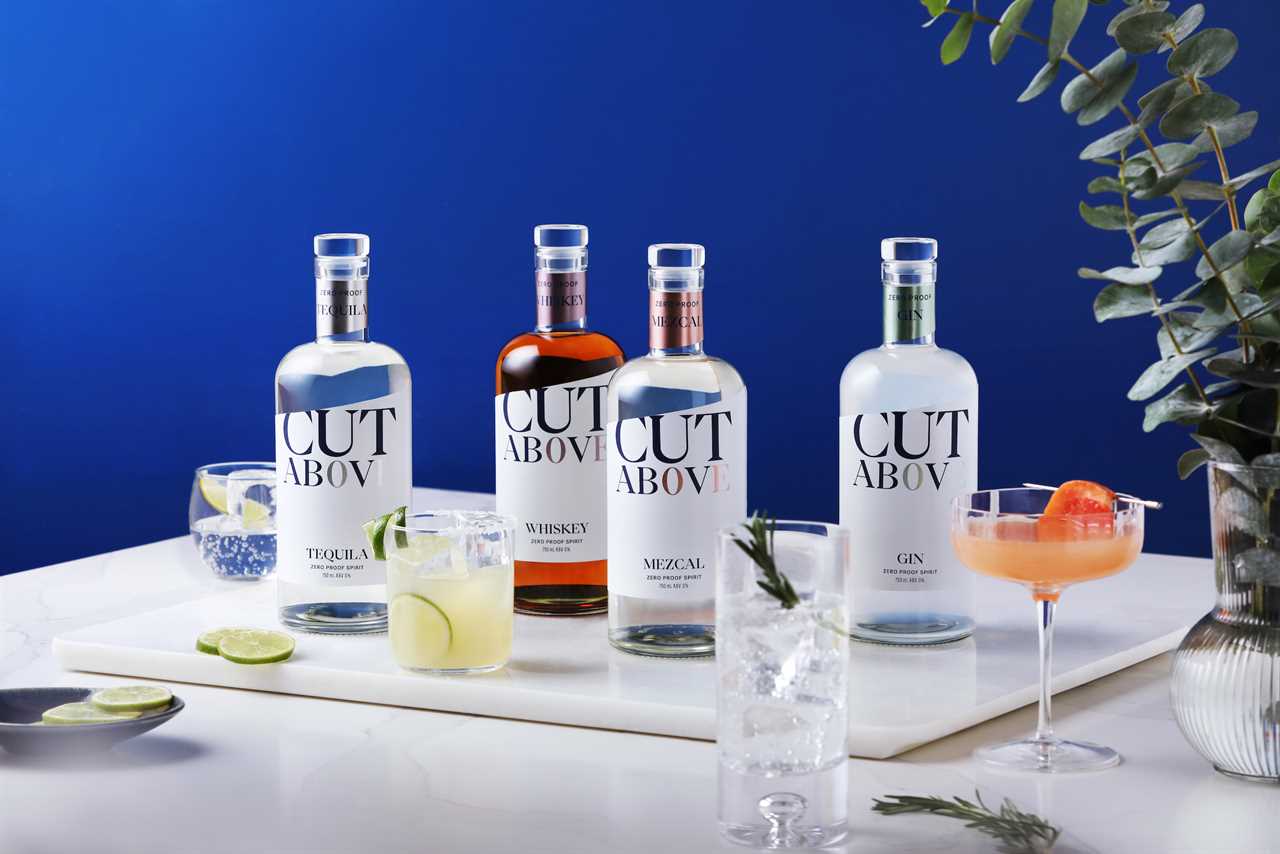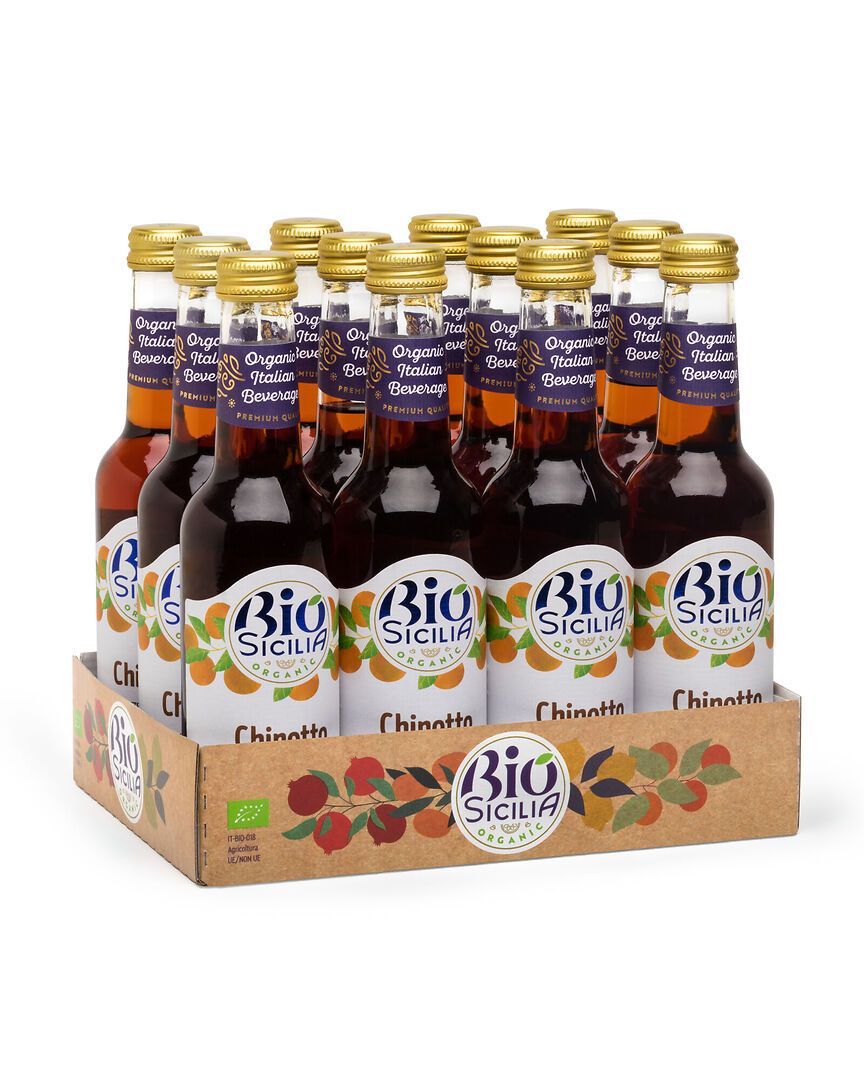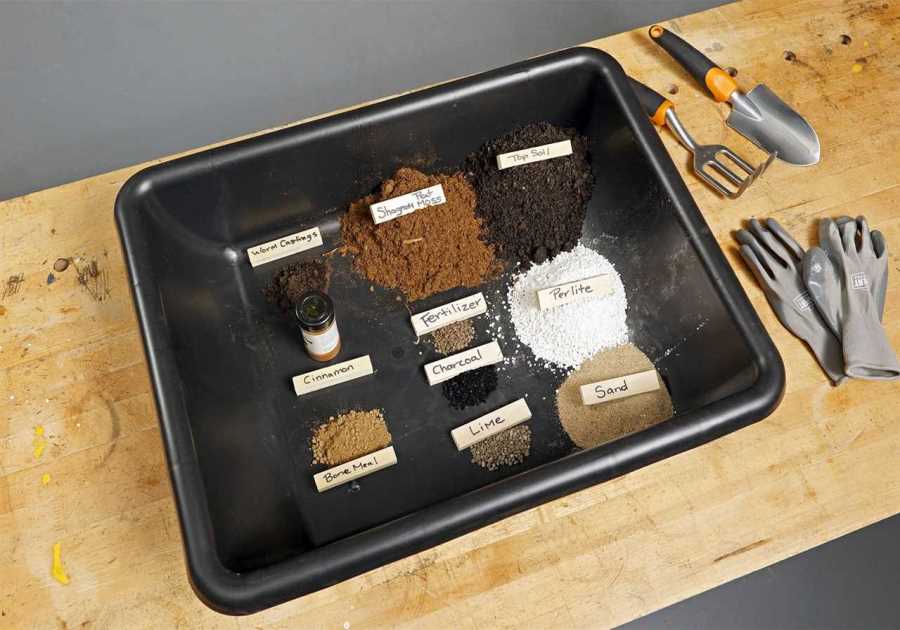One night in 2016, I met a writer friend for dinner at a now-closed restaurant called Mr. Donahue’s, a cozy place on Mott St. As we sat down at our two-top, she brusquely announced that she wouldn’t be drinking. I was taken aback. How could a well-known food journalist avoid having a drink with dinner? We briefly discussed her relationship with alcohol and while she made some solid arguments for laying off booze, I’m ashamed to say that I recall being disappointed that I’d be drinking alone that night.
A few years later, the same writer, Julia Bainbridge, scored a book deal for what became Good Drinks, a now-influential guide to non-alcoholic cocktails “for whenever you’re not drinking for whatever reason,” as the subtitle cheekily notes. Her book, along with the runaway success of Dry January, which marked its tenth anniversary this year*, have both destigmatized giving up drinking—temporarily or altogether—and opened the floodgates to a new market of nonalcoholic beer, wine, and spirits.
In fact, this category is among the fastest-growing in the food and drink world, even if it remains a small sliver overall. A 2022 Neilsen report noted that total sales of non-alcoholic beer, wine, and spirits is now at $395 million, with over 20% growth from the previous year. Serial entrepreneurs have taken note. Gary Vaynerchuk explained to his 10 million Instagram followers last month, “If you’re an entrepreneur and you want to get into a space, mocktails is massive,” using the un-trendy term for non-alcoholic cocktails.
“We think this category is going to be growing 10 to 20 percent a year for a decade plus,” Athletic Brewing Co. CEO and co-founder Bill Shufelt tells me over Zoom. He launched the first NA craft beer brand just five years ago; in 2022, Inc. magazine ranked Athletic as the 26th fastest-growing private company in America, with over 13,000% revenue growth between 2018 and 2021.
The category, as Shufelt notes, has benefitted from the rise of the health and wellness market. High-profile reports about the perils of drinking have helped too. In January, The New York Times lobbed the latest grenade with a story, “Even A Little Alcohol Can Harm Your Health,” citing numerous recent studies that show that even an occasional glass of wine with dinner has negative consequences.

Shufelt, who co-founded Athletic with his friend John Walker, says that whenever he’s encountered skepticism about their non-alcoholic brews, he simply slips a can into people’s hands. Once they taste it, “the light bulb goes off. Like, Oh yeah this is good. And it’s a quarter of the calories? Interesting. And so I could drink this every night of the week, and it’s actually healthy and tasty.”
Dry January Isn’t Ending
I can attest to Athletic’s power as a substitute. This Dry January marked the second time I’ve made it through the month without a sip of alcohol, and as I write this on March 2, my experiment is still going. I’m not alone—in the past few days I’ve spotted a Boston Globe article (behind a paywall), “It’s Not Just Dry January Anymore” and an Instagram post from chef Chris Cosentino, who was extolling the great taste of two NA products, Brooklyn Brewing’s non-alcoholic Special Effects IPA and Dr. Zero-Zero’s “Amarno,” an alcohol-free amaro made with all-natural botanicals. “It’s spot-on, flavorwise,” Cosentino says in the video.
I found a similar amaro substitute that, along with Athletic’s brews and others, have prolonged my Dry January. Brooklyn-based St. Agrestis, which generated a lot of interest last year with the gimmicky yet tasty NA bottled cocktail, “Phony Negroni,” also has an “Amaro Falso,” which to me perfectly emulates the fizzy and flavorful sensation of drinking an Italian bitter liqueur.
“We launched our Phony Negroni to give folks the opportunity to enjoy everything they love about the classic cocktail, without imbibing,” St. Agrestis co-founder Matt Catizone writes me via email. “Following the incredible response in 2022, we knew we wanted to release our second non-alcoholic offering, Amaro Falso, ahead of Dry January.”

St. Agrestis, like their neighbors at Brooklyn Brewery, split the difference when it comes to NA vs alcoholic products; they’ve added the NA products to burgeoning portfolios of beers and spirits made with alcohol.
Why would they bother when their well-known beers and boozed-up Negronis have made them successful, profitable companies?
It’s a smart business move, given that Neilsen and other surveys suggest that 40-50 percent of Americans don’t drink alcohol—meaning that there’s an entire market that these new products may appeal to. Still, there is a need for education, given that consumers who like alcohol don’t see a need for non-alcoholic beer, wine, and spirits. The comments on a Forbes profile of Athletic’s founders last month, “Inside Athletic Brewing’s Plan To Make Boozeless Beer A Billion-Dollar Business,” included remarks such as, “Just drink juice,” and “They already make boozeless beer. It’s called everything else.”
The New Definition of Temperance
The Temperance movement of the early 1900s helped lead to Prohibition, when alcoholic drinks were outlawed in the United States, from 1919 until the ratification of the 21st Amendment in 1933.
Ninety years later, temperance has evolved into a modern form of moderation in which people like me, who love alcoholic beverages but are realizing the damages they cause, are looking for alternatives. Many of us don’t want to drink sugary sodas or watery fake-beers, hence the market for these new NA products.
Ironically, the Prohibition-era laws in some states make finding NA products harder. In New York, where I live, I can buy Athletic’s non-alcoholic beers at my local supermarket and even a few nearby bodegas, but I cannot purchase a Phony Negroni at a wine and spirits store.
For that, I need to visit Boisson, an expanding chain with six locations in New York City, three in Los Angeles, one in San Francisco, and a new shop slated to open in Miami this spring. The boutique-like decor of these anti-liquor stores feature shelves stocked with bottles and cans by buzzy brands that specialize in liquids without the buzz.
During several Dry January visits to a Brooklyn Boisson, I encountered shoppers who were clearly becoming regulars. The helpful clerks poured samples of faux Tequila shots and answered questions about shrubs, de-alcoholized wines, and NA IPAs.
Education is a key component given the newness of most of these products. For instance, a clerk at Boisson explained that most of the whiskey, tequila, and mezcal substitutes are best used mixed into NA cocktails rather than sipped neat or on the rocks. I tried several brands’ offerings without a mixer and found them to be watery or overcompensating with other flavors. Shaken or stirred with a juice or another NA product, however, these substitutes have created cocktails that, for me at least, mimicked the idea of drinking alcohol without any of the ill effects.
“Social Camouflage”
Houston ex-banker Andrew Solis founded the zero-proof spirits brand Cut Above, which launched in September 2022, to lean into this idea of a new temperance. His epiphany came while solo parenting his two kids with a hangover one morning while his wife was out, he tells me. He went to work to create a zero-proof gin, agave blanco, mezcal, and bourbon that could sub into his favorite cocktails on nights when he wanted to avoid alcohol.

He sees the “cut” component as a differentiator—instead of marketing only to the never-alcohol crowd, he wants to provide an alternative that doesn’t sacrifice flavor or structure. The name refers to the idea that you could cut the alcohol in your cocktail, for instance subbing in 1 oz. of Cut Above gin for 1 oz. of a gin with alcohol in a regular cocktail. “We have a constituency or customer base that does not drink alcohol, and that may be for a night, a month, a lifetime, for whatever reason. But I think there’s a bigger audience out there that isn’t necessarily being talked to, people who are in my shoes, which is I just want to consume a little bit less. Let me pick the occasion where I want to have alcohol and where I don’t.” Or, simply cut alcohol consumption in half while drinking.
Solis then makes another important point about this emerging market. “I want an option that gives me that same cocktail, that sort of social camouflage. As someone else is enjoying a nice gin and tonic, I want to have something that looks like that,” and which is just as complex, he says.
A big key to the success of zero-proof and non-alcoholic beer, spirits, and wine is their widespread adoption not only at retail but in restaurants. I’ve experienced a mixed bag in my two-month alcohol-free journey thus far. One night at Leyenda, the beloved Brooklyn bar by renowned bartender Ivy Mix, I informed the waiter that I was abstaining for Dry January. He excitedly replied that he was too, and he directed me to the zero-proof section of the menu, which featured several house NA cocktails as well as canned NA beers and cocktails. Marcus Samuelsson’s new Manhattan restaurant, Hav & Mar, also features zero-proof cocktails and beers; I tried a satisfying “Smoked No-Groni” made with zero-proof gin, smoked rhubarb, lemon oil, and pink peppercorn. I also had an Athletic “Cerveza Athletica,” a lighter-style NA beer, with my dinner.
Athletic’s Shufelt tells me that his brews are now in more than 10,000 bars and restaurants around the United States. “We’re in 12 Michelin-starred restaurants in New York City. Having those high-end restaurant and bar advocates has really helped our brand adoption.”
The only place I’ve been shut out during my Dry 2023 was at the 40/40 Club inside Barclays Center in Brooklyn. When I asked a bartender if she had any non-alcoholic beers, I quickly found out that freshly traded stars Kyrie Irving and Kevin Durant weren’t the only things missing from the Nets’ lineup that night. She responded definitively, saying “No,” and walked away.
A New Bottom Line
Despite any public skepticism about the new breed of non-alcoholic products, I am confident that you’ll see more and more of the colorful bottles and cans on store shelves, as well as a greater choice of zero-proof options on menus.
Quite simply, there is no hiding from the fact that consuming alcohol has negative effects on health. From a wellness and mindfulness perspective, cutting back on or eliminating alcohol has obvious benefits, from better sleep to weight loss. Meanwhile, improvements in NA options means that it’s easier than ever to go out drinking, or to have a drink with dinner, without resorting to order a club soda and feeling singled out.
Shufelt, an ex-finance exec, recalls, “When I used to order a non-alcoholic drink at a restaurant with work colleagues, it felt like the music shut off in the restaurant. It would be so awkward. Everyone would stop talking and look at me. And the order would go on hold as the person went to the back to check if there was [an NA beer] and would pull out this dusty bottle. That was embarrassing. And everyone at the table asked me what was wrong with me.
“Now it’s on the menu,” he continues.
And of course, the entrepreneurial floodgates have opened.
Solis says he started selling Cut Above in September 2022. When I ask him if he has any regrets so far about giving up a stable career in banking to try his luck as a zero-proof spirits brand founder, he says he’s very optimistic. “In general, people across generations are curious, interested, and willing to experiment, and to evaluate their relationship with alcohol. That really is a very positive thing for us. Month after month, each month has been better.”
Go Deeper
I’ve tried dozens of new NA beverages for the first time, and have broken down the options below, along with recommendations for further reading and exploration.
Beers: Athletic Brewing Co. started five years ago, offering its vibrant cans of craft-beer-style non-alcoholic beverages. They now have limited-edition varieties as well as widely sold styles, and are planning collaborations that will roll out this year. Chef David Chang, already a fan, appears in the brand’s newest YouTube ad (he’s also reportedly an investor). The brand’s success hasn’t gone unnoticed. One of the best NA beers I’ve tried over the past couple of months, and which I keep returning to, is Stella Artois Liberté 0.0% ABV. As Athletic’s Shufelt noted, since his brand launched, Heineken, Guinness, Corona, Budweiser, Peroni, Stella, and other Big Beer brands have rolled out non-alcoholic options.
Spirits: Cut Above is part of a growing slate of thoughtfully crafted substitutes for gin, agave-based spirits (tequila and mezcal), and whiskey or bourbon. Other brands offer NA vodka, distilled botanicals, ready-to-drink zero-proof cocktails, and more. I’ll admit that I find many of these bottles, which can cost about the same as mid-tier alcoholic versions, to be lacking on their own, with the important caveat that they can be part of a great non-alcoholic cocktail. The pioneering Manhattan shop Spirited Away recently launched Dry Atlas, which it calls “the world’s largest non-alc database.” It features product reviews, recipes, and more helpful information. Boisson’s stockist list is also a good place to explore.
Wines: Mea culpa: I have yet to try more than a few of the de-alcoholized wines on the market, though I have sipped a sampling of NA reds, whites, and roses. Chef Justin Smillie of Il Buco and Il Buco Alimentari recommended Muri, a Copenhagen-based brand of non-alcoholic fermented drinks that are a de facto wine alternative, and I found its “Passing Clouds” sparkling beverage to be a worthy sip. Its ingredients are listed as gooseberry wine, quince kefir, jasmine tea, geranium, and woodruff kvass—so, heavy on fermentation and floral notes. Another keeper is Leitz, a German producer whose Zero Point Five Non-Alcoholic Pinot Noir drank like a slightly watery version of the real thing, but had enough complexity to make up for the lack of structure.

Other: I live in a Brooklyn neighborhood with many Italian provisions shops, and in the early days of January, one of my go-to options for NA drinks was bitter sodas from different producers. One standout was the Sicilian brand Polara’s organic chinotto. Unfortunately, many of the Italian sodas, while not as sweet as American soft drinks, still list sugar as the primary ingredient. Online and in shops like Boisson, there are a range of canned products, non-alcoholic bitters, and other mixers to make your own craft NA cocktails. I had a lot of success looking up recipes on the brands’ websites and experimenting. Also great for mixing are non-alcoholic shrubs (Food Republic features a number of recipes). I also recommend Element’s bottled shrubs.
Further Reading: Besides her influential book, Julia Bainbridge covers the NA beat at her newsletter, also called Good Drinks. The aforementioned Dry Atlas is shaping up to be a great resource as well. There are an increasing number of blogs, websites, podcasts, and such devoted to this emerging market and lifestyle. A Sober Girls Guide features great resources and helpful content.
_________________________________________________________________________________________________
*There are competing claims to the origins of Dry January, but the UK organization Alcohol Change makes a convincing case.
The post No Alcohol, No Problem appeared first on Food Republic.
-----------------------------
By: Richard Martin
Title: No Alcohol, No Problem
Sourced From: www.foodrepublic.com/2023/03/02/no-alcohol-no-problem/
Published Date: Thu, 02 Mar 2023 20:57:54 +0000
Did you miss our previous article...
https://conservativedailytimes.com/health-fitness/level-up-your-wardrobe-with-this-dockside-shawl-cardigan
.png)





